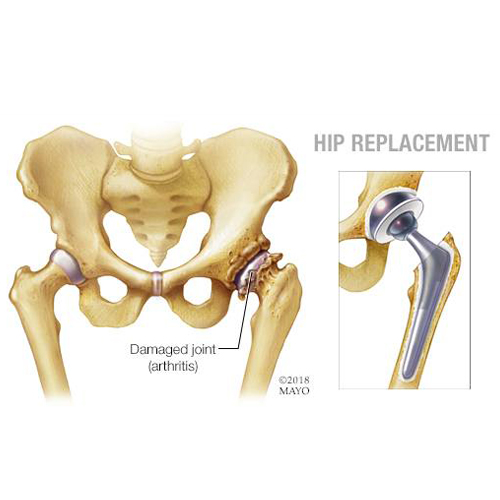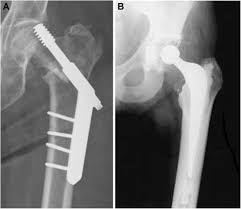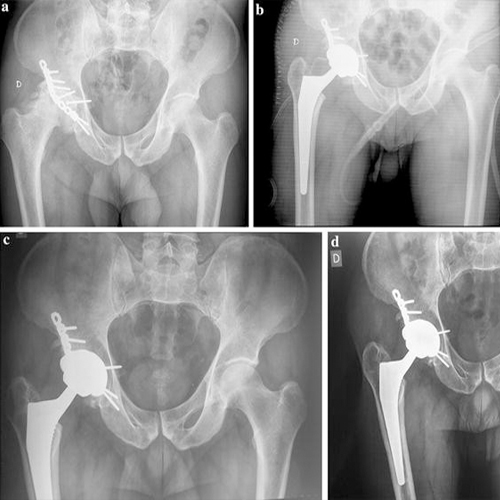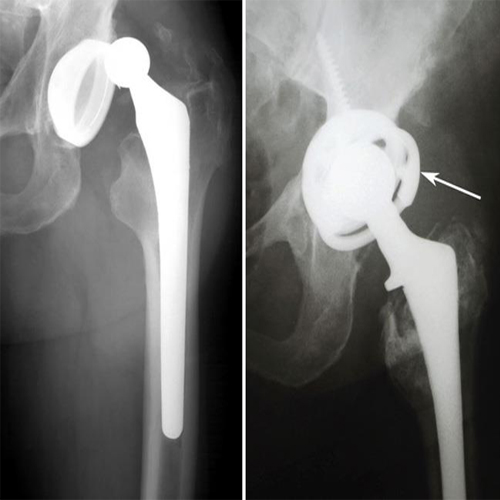Indications For Hip Replacement
Primary Hip Replacement


There are a number of conditions that can result in a patient having to undergo hip replacement surgery. Perhaps the most common condition is osteoarthritis that is commonly referred to as ‘wear and tear arthritis’. Osteoarthritis can occur with no previous history of injury to the hip joint. The hip simply ‘wears out’. There may be a genetic tendency in some people that increases their chances of developing osteoarthritis.
Avascular necrosis is another condition that could lead to hip replacement surgery. In this condition, the femoral head (ball) loses a portion of its blood supply and actually dies. This leads to collapse of the femoral head and degeneration of the hip joint. Avascular necrosis has been linked to alcoholism, fractures and dislocations of the hip, and long-term steroid treatment for other diseases. But in more than 80% cases the cause may not be known. It usually affects both Hips, though not symmetrically. This condition is a more common reason for Hip Replacement than Degenerative Hip Arthritis in the Indian Scenario.
Complex Primary Hip Replacement

 This category alludes to problems of hip joint function secondary to Failed hip fracture fixation which needs to be converted to Hip Replacement, Childhood hip Pathologies, previously operated leading to early hip degeneration needing hip replacement. Other examples of complex primary hip replacement include Ankylosed or Fused hips due to Inflammatory joint disease needing conversion to Hip Replacement to impart mobility and improve ambulation and Infective Hip disease where a single or two stage Hip Replacement may be necessary.
This category alludes to problems of hip joint function secondary to Failed hip fracture fixation which needs to be converted to Hip Replacement, Childhood hip Pathologies, previously operated leading to early hip degeneration needing hip replacement. Other examples of complex primary hip replacement include Ankylosed or Fused hips due to Inflammatory joint disease needing conversion to Hip Replacement to impart mobility and improve ambulation and Infective Hip disease where a single or two stage Hip Replacement may be necessary. Revision Hip Replacement

A Hip replacement done for any indication as above can go WRONG!!, the commonest causes being infection, instability, Early component wear and periprosthetic fractures around the previous Hip replacement. All these conditions cause increased morbidity and necessitate repeat or revision hip replacement. This requires a high level of experience and expertise and is certainly not for the faint hearted. The results of Revision Hip Replacement surgery are progressively improving with better Implant inventory and techniques, now coming close to primary replacement results, albeit at higher costs and associated morbidity.
